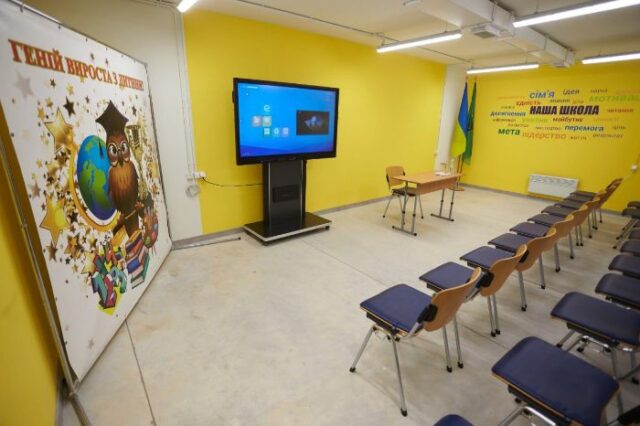Construction of Kharkiv’s First Underground School Completed
In a remarkable step towards educational safety, Kharkiv has officially opened its first underground school, nestled in the Industrial District. Mayor Igor Terekhov announced this significant milestone, emphasizing the project’s critical importance amid ongoing security threats.
A Secure Learning Environment
The newly constructed underground school features 20 classrooms and is designed to accommodate up to 900 students across two shifts. Given the current climate of conflict, special attention was dedicated to safety during the design and construction phases, with adherence to all necessary regulations. Furthermore, plans are already in motion for several more underground schools in the Novobavarskyi, Kharkiv, and Shevchenkivskyi districts.
To put this achievement into perspective, the total project cost reached 58.8 million hryvnias, showcasing a significant investment in the education sector, especially during such challenging times. With registration for the upcoming academic year nearly complete, around 600 children are poised to begin their studies in these innovative new facilities. Final preparations for the school year are currently underway.
Expanding Educational Infrastructure
Mayor Terekhov revealed that similar underground schools will be constructed in all city districts, alongside plans for additional educational institutions in Khortytsia and Liubotyn. Prior to the establishment of the underground school, classes were conducted in the city’s metro stations, ensuring that education remained uninterrupted for children, even amidst adversity.
An Investment in the Future
The initiative to create underground educational establishments not only addresses the pressing issue of providing safe learning environments but also reflects Kharkiv’s commitment to investing in the future of its youth. This proactive approach aims to maintain educational stability even during crises. According to experts, ensuring a safe learning environment contributes significantly to students’ mental well-being and academic success, a sentiment backed by numerous studies, including those from the World Health Organization.
Real-Life Implications
The opening of the underground school serves as a testament to resilience and creativity. For instance, consider a family whose children were attending classes in a subway station. Now, with the new facility, the children can enjoy a more traditional school environment while still benefiting from the safety of the underground setting. This transition shows how communities can adapt and innovate in tough times.
Conclusion
Kharkiv’s initiative is not merely about building schools; it embodies a larger vision of hope and stability for students and families. As cities around the world face their own challenges, Kharkiv’s experience offers valuable lessons in courage, innovation, and community resilience.





